SHANGHAI RESIDENTS FIND LIFE MORE CONVENIENT
Modern toilets added to traditional homes during renovation project

Wang Xinhao's home in the heart of Shanghai is a 10-minute walk from People's Park, where he does his morning exercises.
After completing his routine, the 82-year-old returns to his house with a packet of Shanghai's famed pastries, which he buys at the Park Hotel.
These renowned delights have kept tourists waiting in line at the hotel, which was the tallest building in East Asia in the 1930s.
For Wang, life was idyllic in many ways, but his home, built nearly a century ago and situated among shikumen, or stone gate houses, lacked one essential item-a toilet.
He and his family have lived in the house on Huanghe Road in the city's Huangpu district for more than four decades.
"A typical morning in our alley started with residents in their pajamas and slippers emptying chamber pots with the family's bodily wastes from overnight. But we were getting older and finding it harder to go down to the corner of the alley to do this twice a day," Wang said.
In the spring, Wang realized his dream of having a flush toilet, with his family benefiting from the municipal government's plan to improve living conditions.
This project will put an end to chamber pots being used in 90,000 households by the end of this year.
However, installing toilets in a 1-square-meter space in homes with different layouts is not easy. Neighborhood officials and construction teams had to come up with tailor-made solutions for each family.
Against this backdrop, Shanghai has accelerated efforts in recent years to give old residential communities a facelift.
The total area in neighborhood homes where there was insufficient room to cook, or no toilet, fell from more than 3 million square meters in 2015 to 1.86 million sq m last year.
On July 21, Gong Zheng, Shanghai's newly elected mayor, said: "Renovation projects covered 370,000 sq m and benefited 17,000 households in the first half of this year, respectively meeting 67 percent and 61 percent of the target for the whole year. The aim is to allow the city's entire population to share in its development progress."
Since the end of the 20th century, many people living in old communities, including shikumen residents, have been moved to new neighborhoods and their former homes have been demolished. However, some historically important properties were spared demolition, officials said.
Before the founding of New China in 1949, shikumen residences accounted for two-thirds of the homes in Shanghai
Gao Haozhong, director of the Huangpu District Construction Management Commission, said, "While making improvements, we must also better residents' living conditions, especially when the majority of them are seniors."
Wang, the 82-year-old, said he could not accept the idea of a toilet being too close to the front of the bed in his cramped room.
The construction team came up with a solution-placing a sliding door between the bed and the toilet to conceal the latter when it was not in use. A cupboard was also installed above the toilet for Wang and his wife to store groceries, which they used to pile in a corner.
"There is a Shanghai saying that a temple can be made out of a snail's shell, and this is totally the case for the design used at my home," he said.
He added that he hopes to live longer as a result of the improvements.
Zhou Lizhu, 79, was among the first to apply for a toilet to be installed in her first-floor room. She has long lived in the same Huangpu district neighborhood as Wang, which is now surrounded by the regional headquarters of 52 multinational companies.
She found an ideal space between the stove and a wall, which would require no changes to the original layout. But when construction workers arrived to carry out an examination, Zhou nearly burst out into tears when they told her the space was insufficient for even the smallest toilet.
The workers did not give up, cutting a corner off the stove area to provide enough room for a toilet.
"I appreciate this so much, as I no longer need to go out to empty my spittoon anymore and am not scared about falling over on days when there is bad weather," said Zhou, who lives alone.
Shared washroom
Xu Dingzhu, head of the Shuntian residential committee in Huangpu district, said the main aim of the renewal project is to provide each family with a toilet as soon as possible. When space does not permit this, the alternative is to make the best use of shared restrooms.
In the middle of last year, some 25 families were living in a three-story century-old house in a neighborhood Xu was responsible for. Only the family on the top floor had a restroom based on the original design of the house, and all the others needed to use shared bathrooms. There were two of these on the first floor and one on the second.
There was a shower and toilet in each shared bathroom, but when the shower was in use, the toilet could not be used by others.
Zhang Guofu, 73, who lives on the first floor, said: "It was getting harder to wait in line for a toilet to become available, as the residents, most of whom have lived here since the 1980s, were getting older. We very often had to wait for half an hour in the morning."
After several months of rebuilding work, the 19 families living on the first floor were provided with their own toilets in January.
Zhang, who worked for a State-owned film studio before retirement, said: "My wife often needed to go to the restroom during the night, but it was unsafe and inconvenient, especially when it rained and in the winter, when we had to put on heavy coats before leaving the room. This also disturbed the neighbors."
However, it was difficult to install toilets in the rooms of the five families living on the second floor, as the work involved repositioning sewage pipes.
After discussions with the families, the residential committee decided to renovate the shared washroom on the second floor, adding one toilet.
Doors were installed outside each toilet and the shower area, enabling both toilets to be used at the same time as the shower.
Song Ming, 75, who lives on the second floor with her husband, said: "We're very pleased with the solution-its almost the same as owning your own bathroom. We take turns to tidy the shared bathroom, and it's even cleaner than having your own, because everybody wants to do as well as their neighbors with the cleaning."
She said each family agreed to clean the bathroom for one week at a time. Over the years, the families have also followed their own timetable for using the shower area. Five shower heads are connected to different meters to avoid disagreements over the amount of water used.
Unlike Song, Wu Baomei, who lives in an old alleyway community in Hongkou district, still hopes to have her own bathroom and kitchen.
The communal bathroom and the kitchen she and her husband share with two families on the same floor were renovated earlier this year.
Wu, 72, a retired teacher at a primary school said: "People are becoming increasingly aware of the need to protect their privacy, but when several households use the same kitchen for cooking, it's hard to avoid gossip about some people being too frugal or extravagant with food."
Xu, from the Shuntian residential committee, said the renovation work also included the addition of stair railings, ramps for wheelchairs, and alarm buttons for senior residents.
With its newly painted walls, paved floors and a yard where residents plant different types of flowers, neighbors have described the house on Jiangyin Road where Zhang, the former film studio worker, lives as "the most beautiful courtyard".
"Most of us moved in after getting married and we've been here for each other for four decades. When our children moved out after growing up, we felt a stronger connection between ourselves and the house," Zhang said.
He added that all the residents get together during festivals to hold a party on the large rooftop terrace, where they hang strings of lights, tell stories from the past and plan their next trip together.
Song said that 15 years ago, her daughter moved from the house to an apartment near Shanghai's Middle Ring Road, 15 kilometers from the city center.
"There've been huge changes there, but each time I stay with her for a couple of days, I gain a stronger sense of belonging to my house, where we've become accustomed to life," she said.
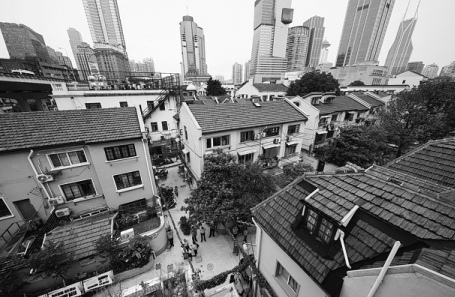
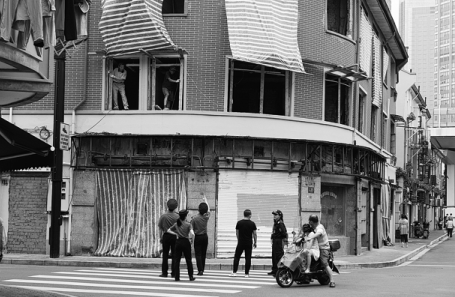
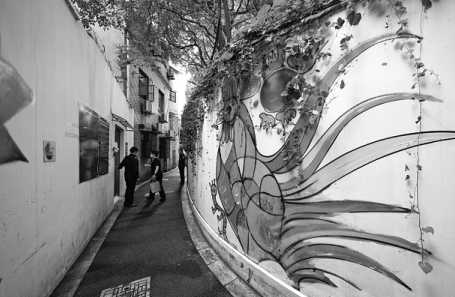
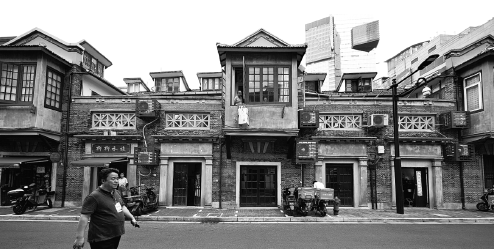
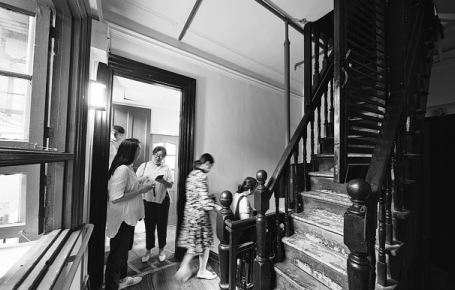
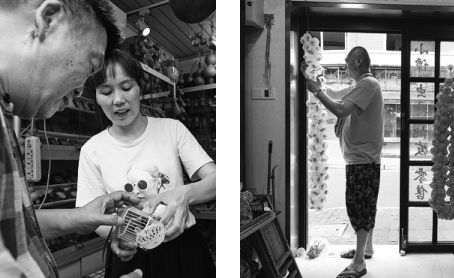
Today's Top News
- Evidence mounts of Japan's wartime atrocities
- Gunmen kill 11, wound many on Sydney beach
- Study finds Earth's deep water reservoirs
- China remembers victims of Nanjing Massacre 88 years on
- Philippines' provocations will avail it nothing: China Daily editorial
- China steps up financial support to spur consumption






























